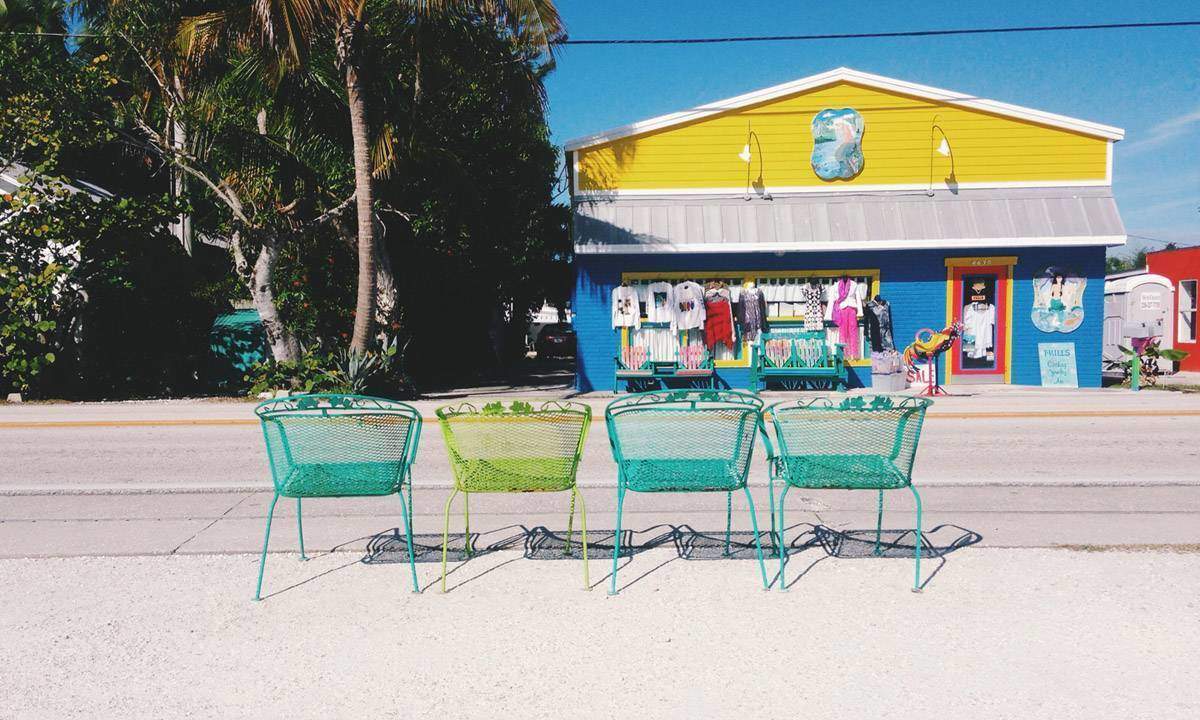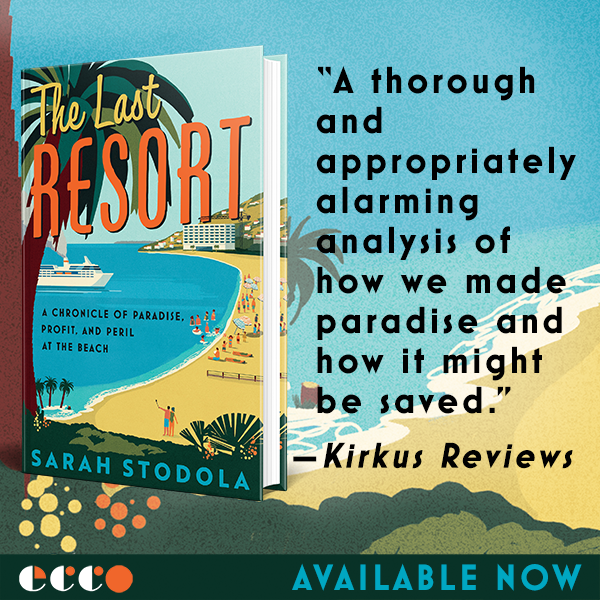One of the undermentioned milestones for adults in middle-class America today comes as their parents make their inevitable migration to Florida. For me, it began in my mid-thirties, when mine bought a condo in Venice, on the state’s Gulf Coast. At first, it was a couple months in the winter, but expanded quickly. Now, just a few years later, my mom heads down at the first sign of a brisk fall breeze, and doesn’t return to Kentucky until the flowers have begun to bloom in the springtime. I buy a plane ticket to Florida for Christmas now. For many of us, the parental move south frames our understanding of the state. I spend a lot of my time once I’m there noticing how its natural landscape has been covered over largely with a serviceable approximation of a Midwestern suburb, with its multi-lane commercial stretches and well-watered lawns.


Until half a century ago, though, most of Florida was something much different, an untamed, very wet wilderness of swampy lowland forests and farmland. Towns tended to hug the coastline, with local economies resting on a foundation of fishing.
But even with the rampant development there over the past 50 or so years, (thanks largely to the advent of air conditioning, alongside the rise of the middle class), the suburban milieu remains only part of the larger one. Pockets of Old Florida endure, both in nature and in some towns. When we head down for the holidays or some other trip, it’s become a sort of tradition between my boyfriend and me to seek out these places. This past Christmas, we found it in a fishing village called Matlacha, on a tiny island just west of Fort Myers.
It’s pronounced, counterintuitively, to rhyme with Nick Lachey—important insider info.
To be sure, Matlacha isn’t quite a pure old-fashioned Florida fishing village. In fact, the land on which it sits did not exist until 1926, when the government dredged it for a new bridge out from the mainland to nearby Pine Island (the municipality of which Matlacha is officially a part). At first, squatters took to the land. Eventually they were granted property rights, and a commercial fishing scene emerged. The unlikely story served as the inspiration for author Richard Powell’s 1959 novel, Pioneer, Go Home!
When the gill nets used by fishermen were banned in 1992, that industry largely fell away. What replaced it was a population of artists, crafters, and the shop owners that showcase them. The old shacks on the main strip—some said to have been homes to the original squatters—have become blindingly colorful galleries, shops, restaurants and bars. And that 1929 bridge has become one of the most popular spots in the state for small-time fishermen.
Here are the highlights from our trip to the delightfully weird little island of Matlacha, Florida…
Stay: The Bridgewater Inn
Built on a dock over the water, the Bridgewater is long on colorful quirk. When we stayed there, prices felt higher than they should have been, but with Matlacha short on hotel options, simple supply and demand may provide the explanation. Your loss if you don’t spend a sunset enjoying some cold beers on the deck. The Bridgewater Inn | 4331 Pine Island Rd.
Caffeinate: The Perfect Cup
This is a legit local coffee shop, of the kind politicians seem to forever be stopping into on the campaign trail. Solid coffee and breakfast, wonderful people watching. We went twice in two days. The Perfect Cup | 4548 Pine Island Rd.
[Related: 10 Great Books About Florida]
Stroll: The Residential Streets
The residential streets of Matlacha also involve residential canals. There’s no one that doesn’t have a boat right in his backyard. As for the houses themselves, the charming old bungalows make for fantastic relocation daydreaming.
The Shopping
The main thoroughfare of Matlacha is a busy one, which just makes the shops all the kookier. The prevailing aesthetic in them is Artsy Baby Boomers Reinventing Themselves, which has its charms, and even produces the occasional diamond in the rough.



Eat: Bert’s Bar and Grill
At the most popular spot in Matlacha, most everyone heads straight for the outdoor dock seating. There’s seafood, cold drinks, and very often live music. Bert’s Bar & Grill | 4271 Pine Island Rd.
Drink: Island Cafe on the Bay
We did some day-drinking here in service of watching an “important” basketball game, and we got to know some of the hard-drinking locals, as well as fellow visitors. Great views over Pine Island Sound. Island Cafe on the Bay | 4200 Pine Island Rd.






